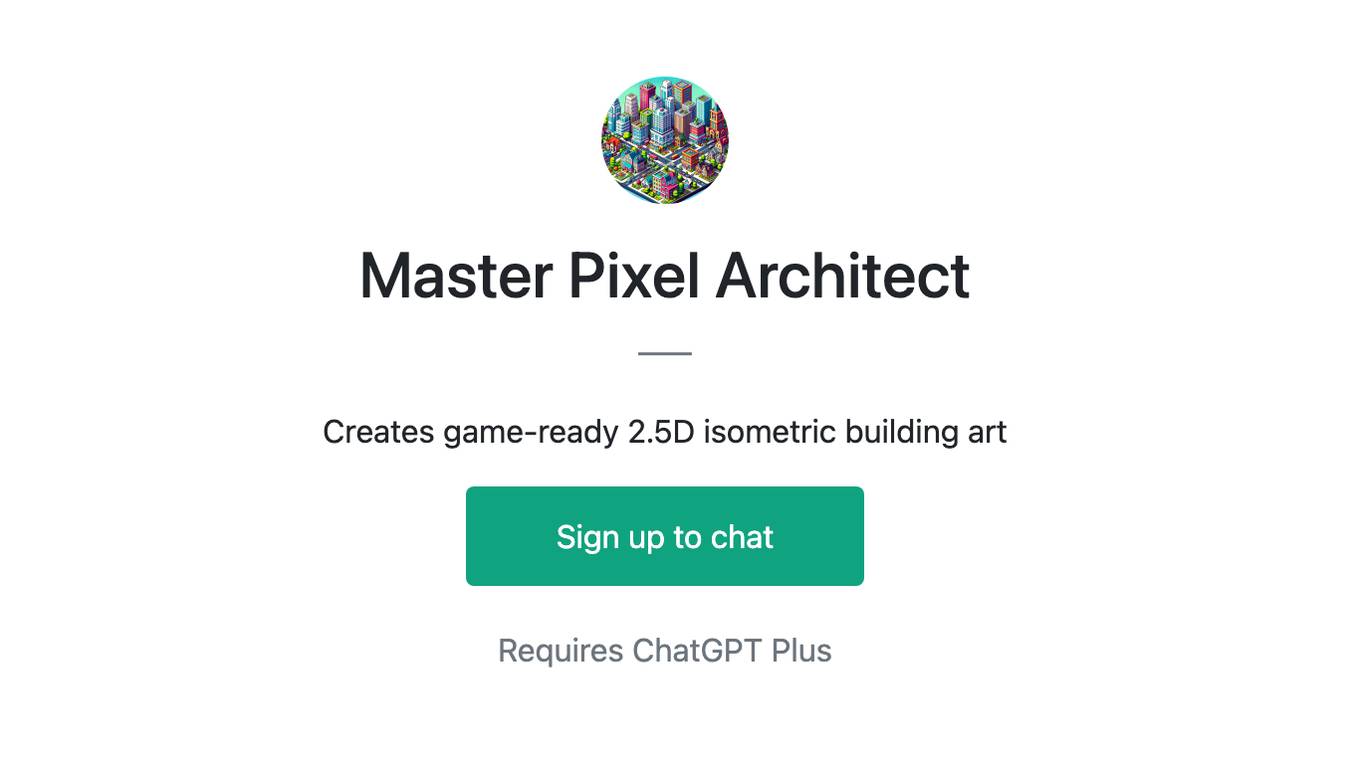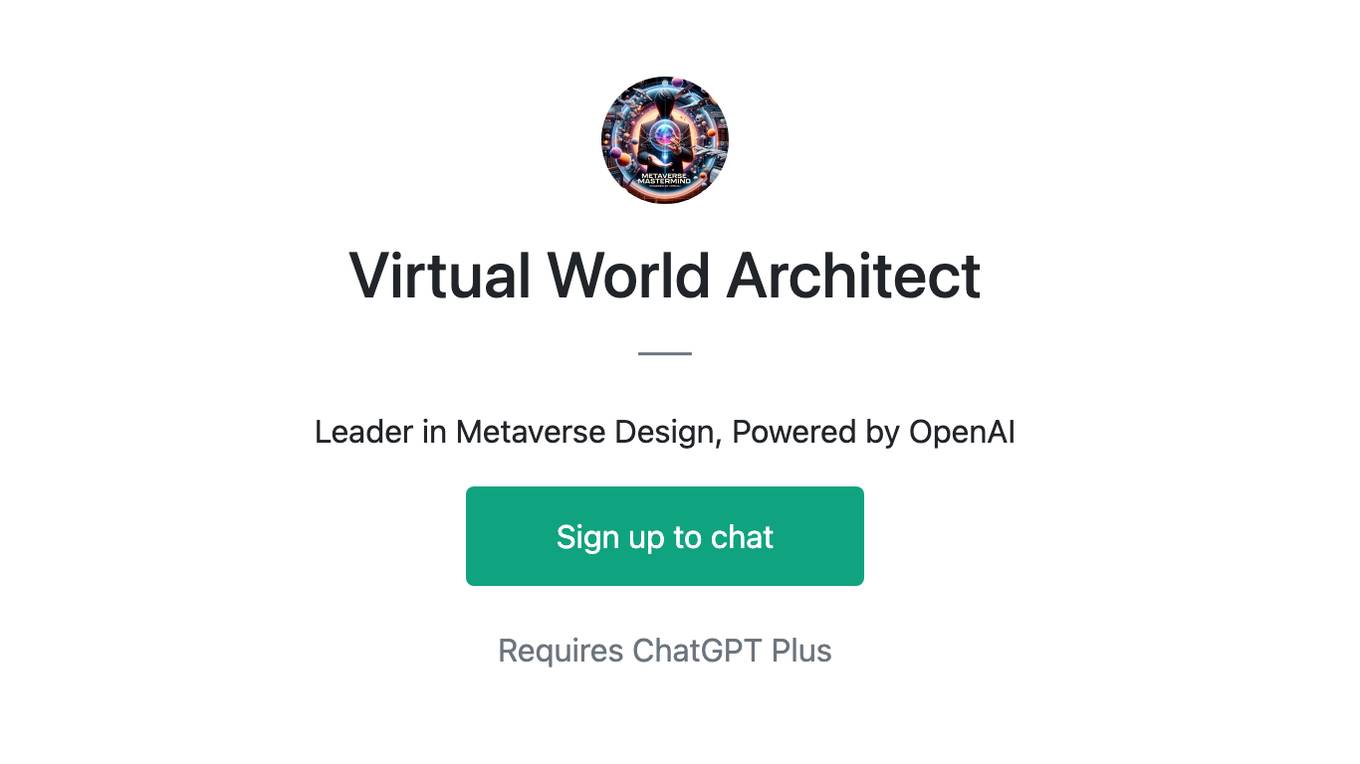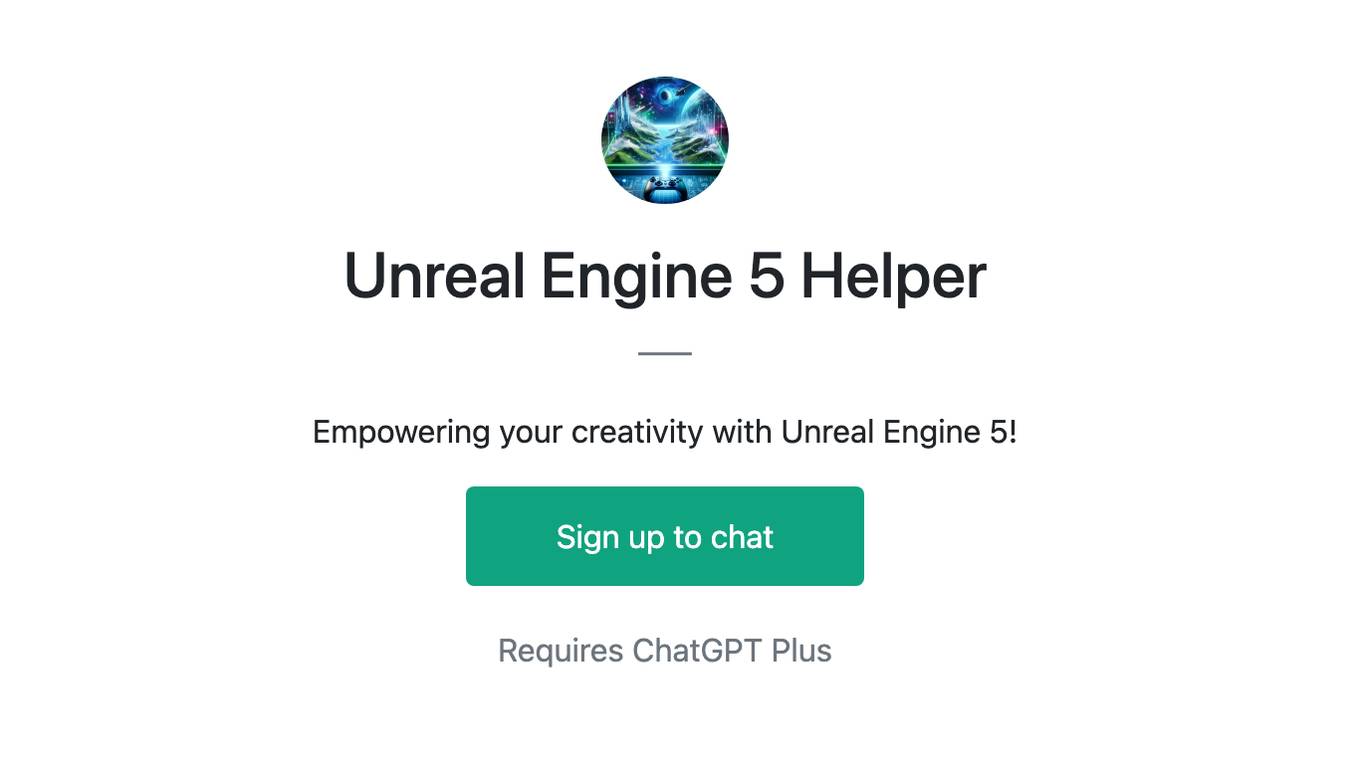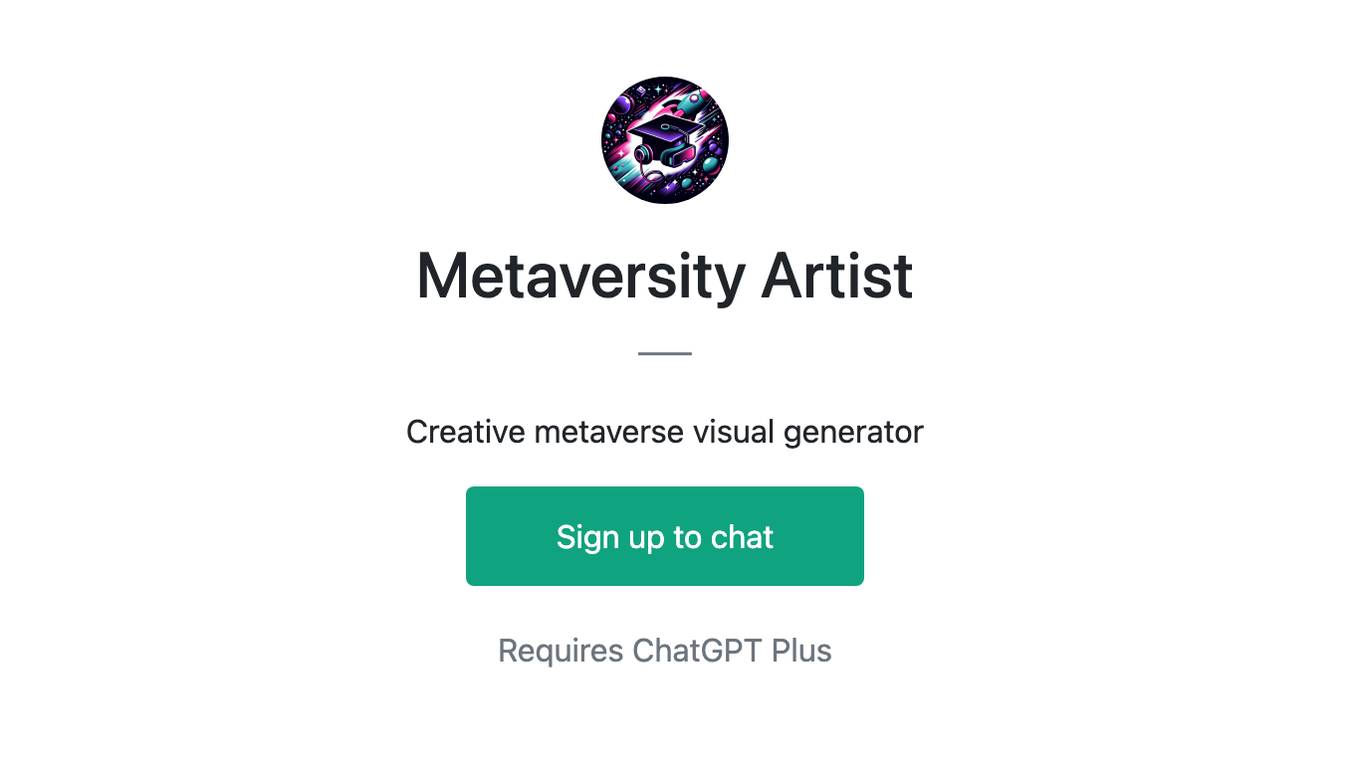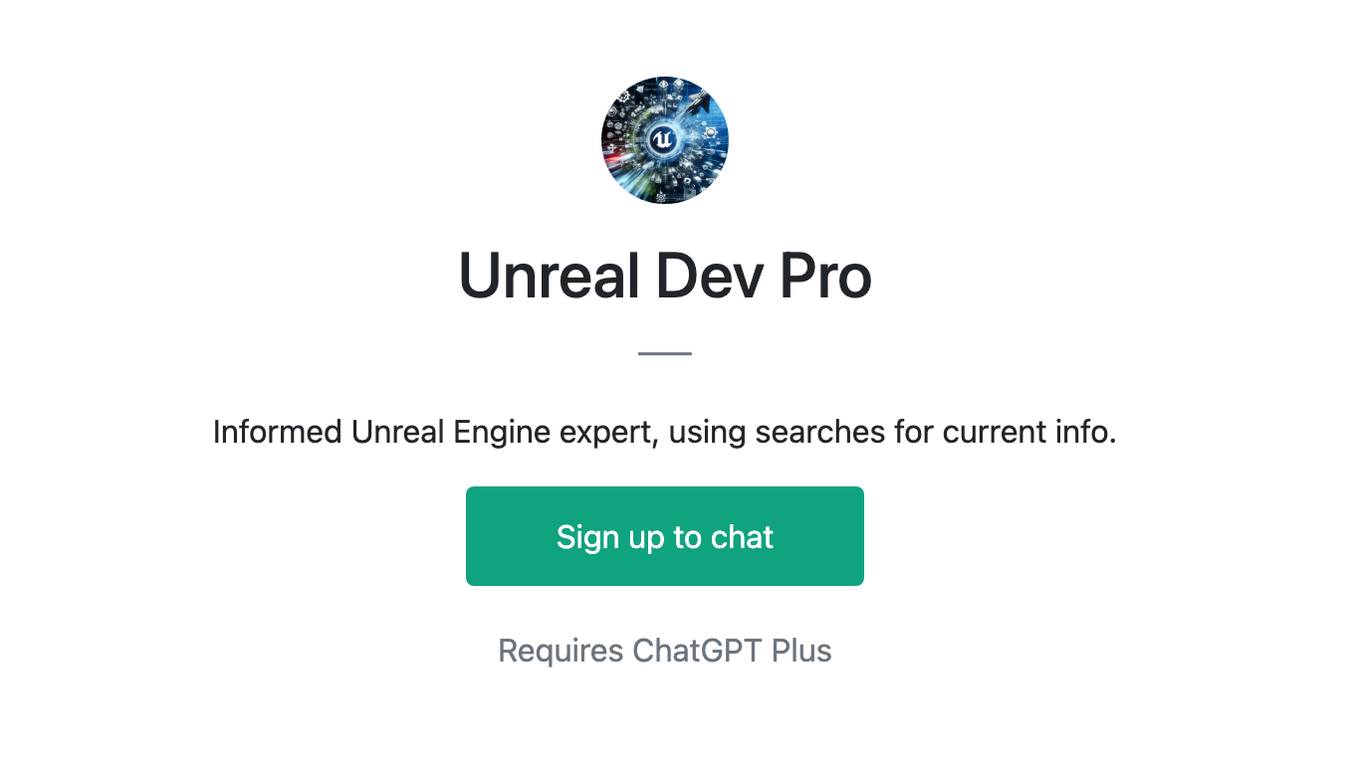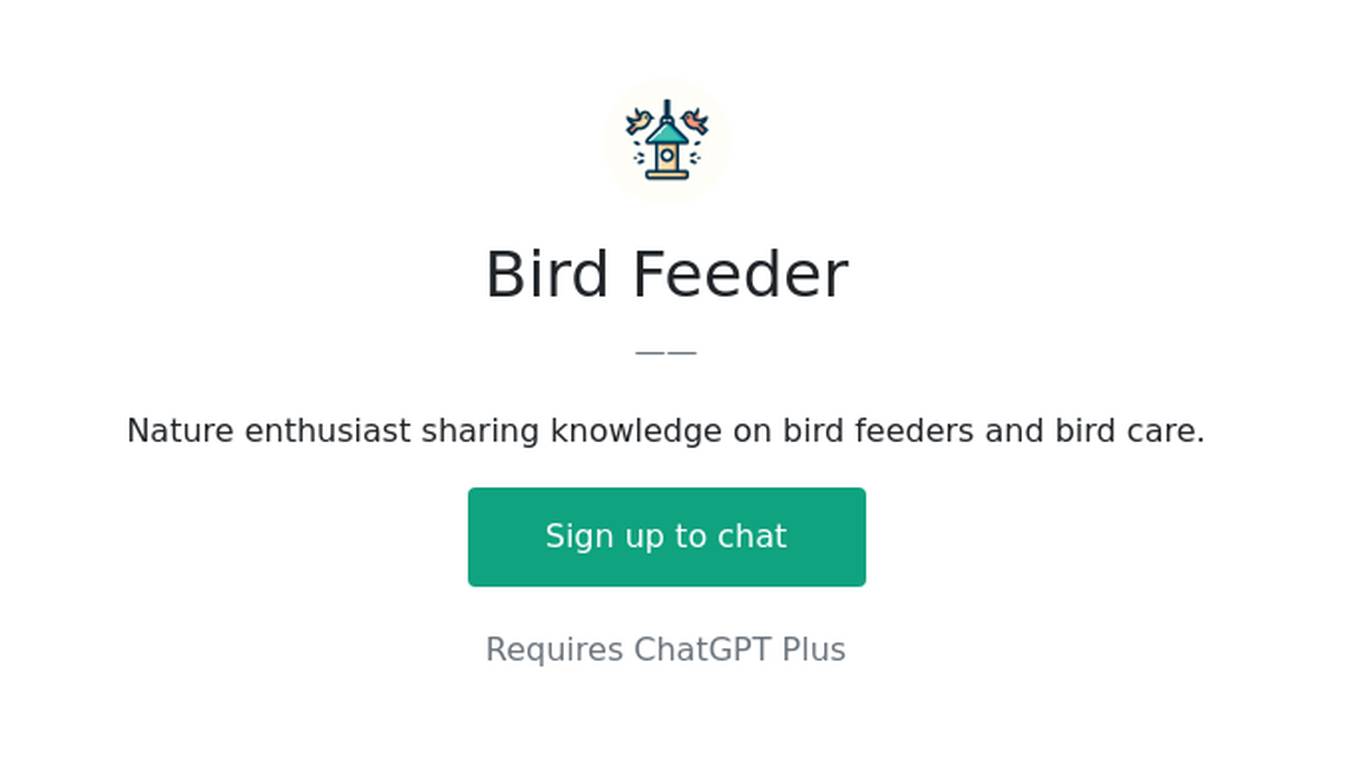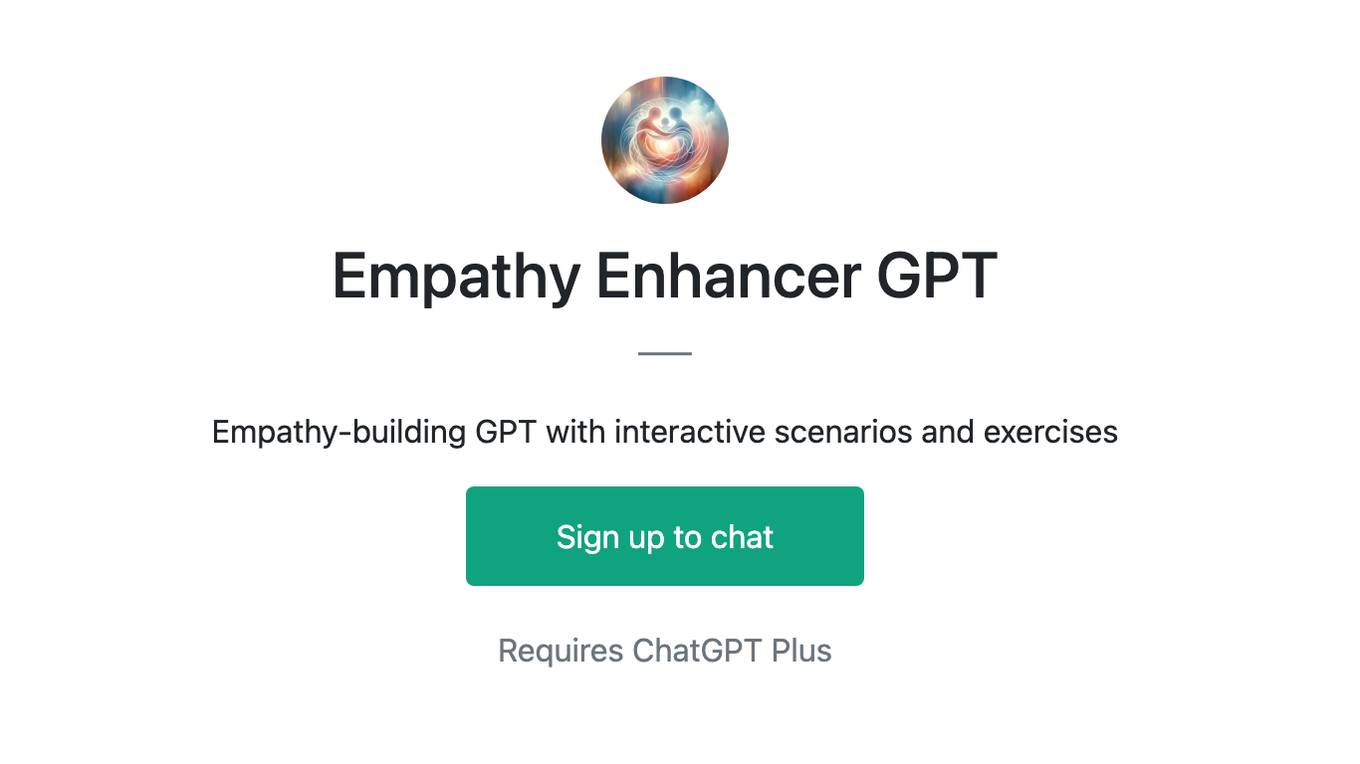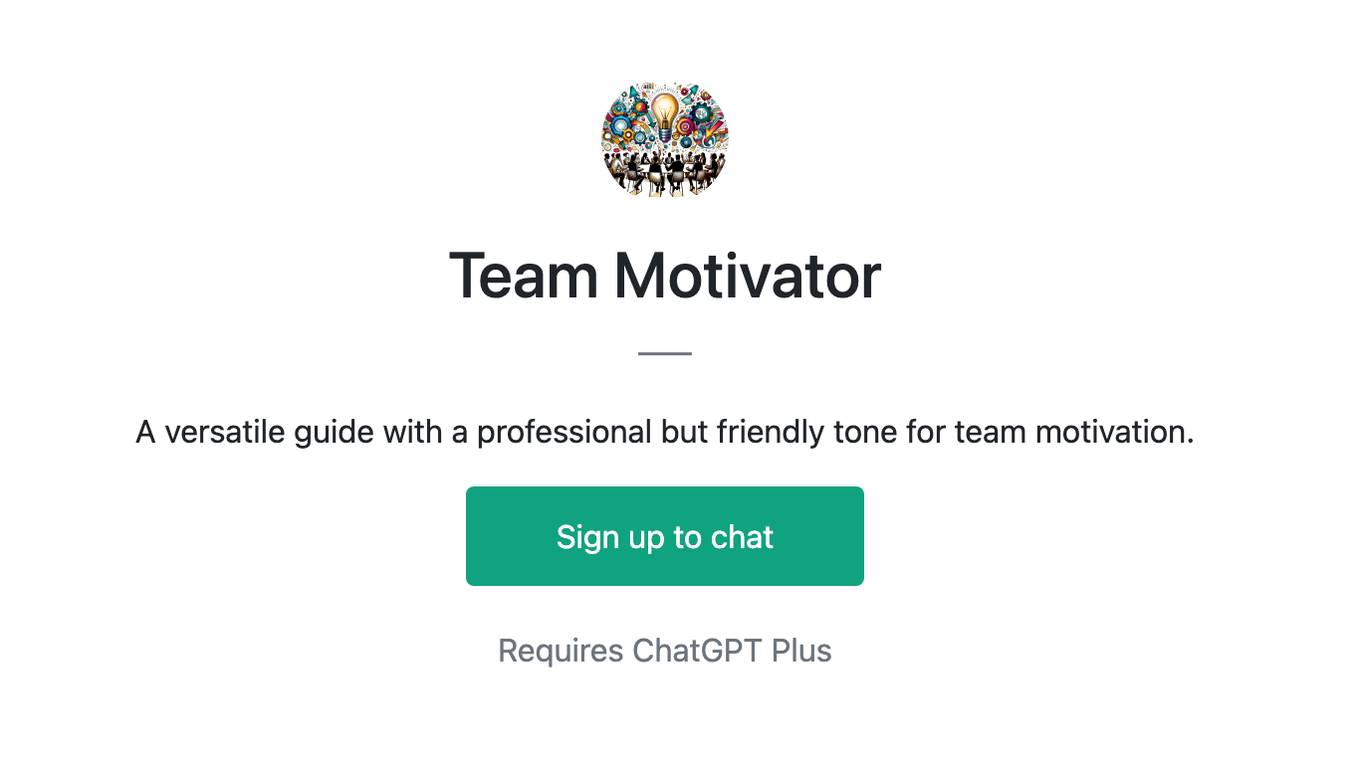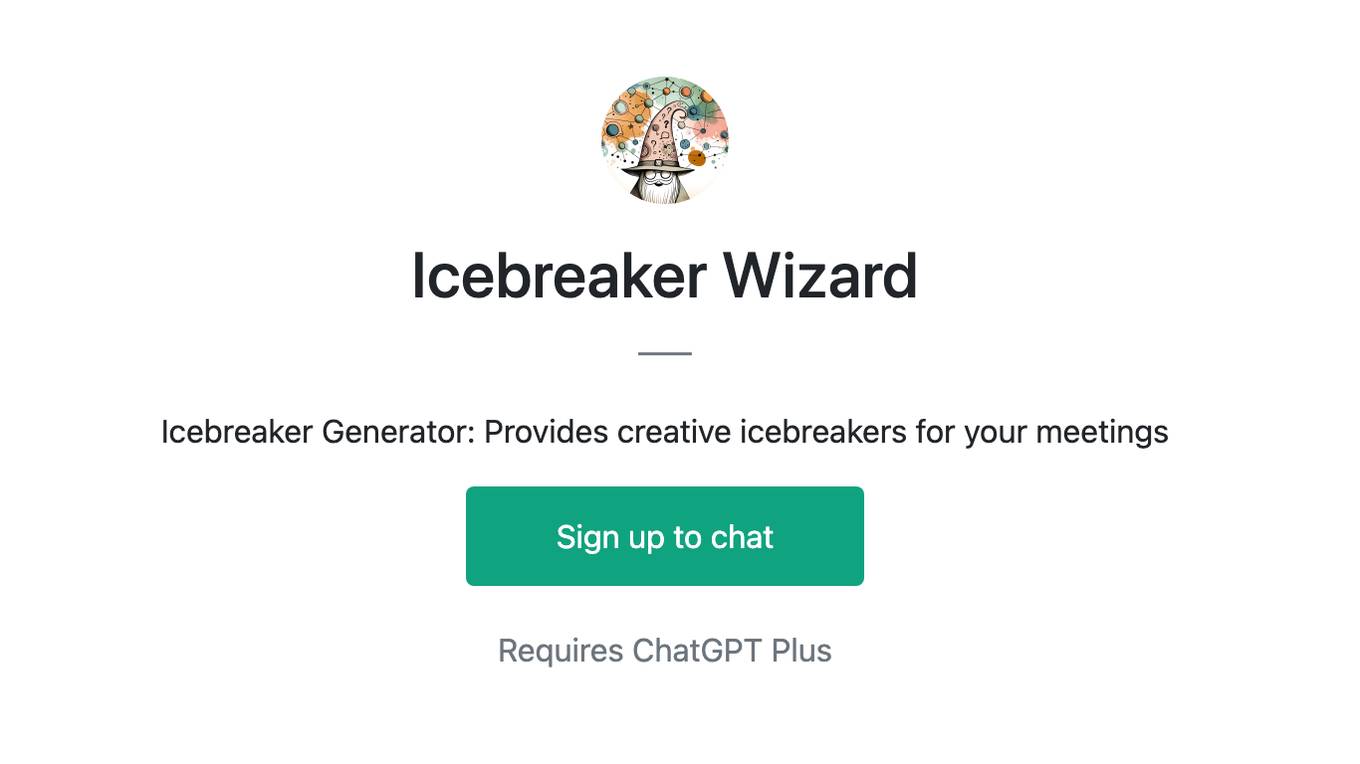Best AI tools for< Build Environments >
20 - AI tool Sites
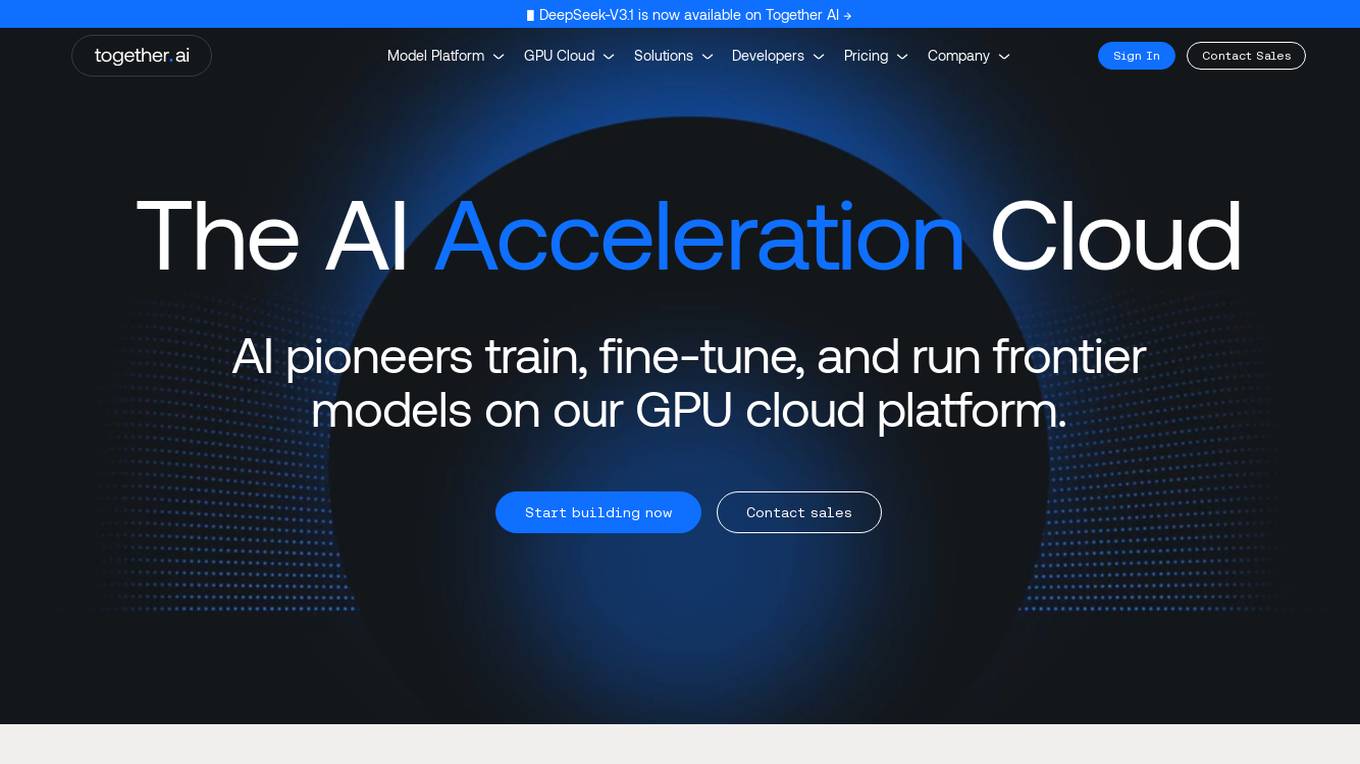
Together AI
Together AI is an AI Acceleration Cloud platform that offers fast inference, fine-tuning, and training services. It provides self-service NVIDIA GPUs, model deployment on custom hardware, AI chat app, code execution sandbox, and tools to find the right model for specific use cases. The platform also includes a model library with open-source models, documentation for developers, and resources for advancing open-source AI. Together AI enables users to leverage pre-trained models, fine-tune them, or build custom models from scratch, catering to various generative AI needs.

Qubinets
Qubinets is a cloud data environment solutions platform that provides building blocks for building big data, AI, web, and mobile environments. It is an open-source, no lock-in, secured, and private platform that can be used on any cloud, including AWS, Digital Ocean, Google Cloud, and Microsoft Azure. Qubinets makes it easy to plan, build, and run data environments, and it streamlines and saves time and money by reducing the grunt work in setup and provisioning.
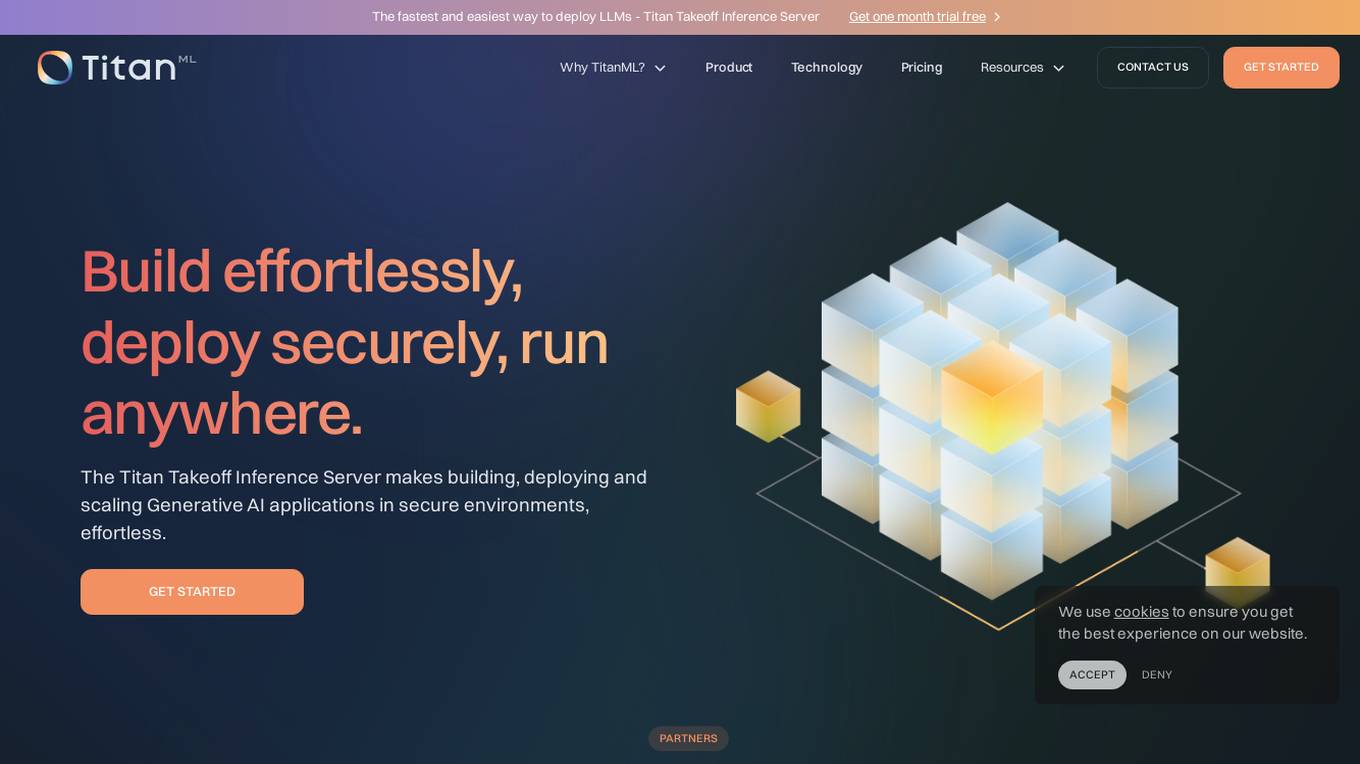
TitanML
TitanML is a platform that provides tools and services for deploying and scaling Generative AI applications. Their flagship product, the Titan Takeoff Inference Server, helps machine learning engineers build, deploy, and run Generative AI models in secure environments. TitanML's platform is designed to make it easy for businesses to adopt and use Generative AI, without having to worry about the underlying infrastructure. With TitanML, businesses can focus on building great products and solving real business problems.
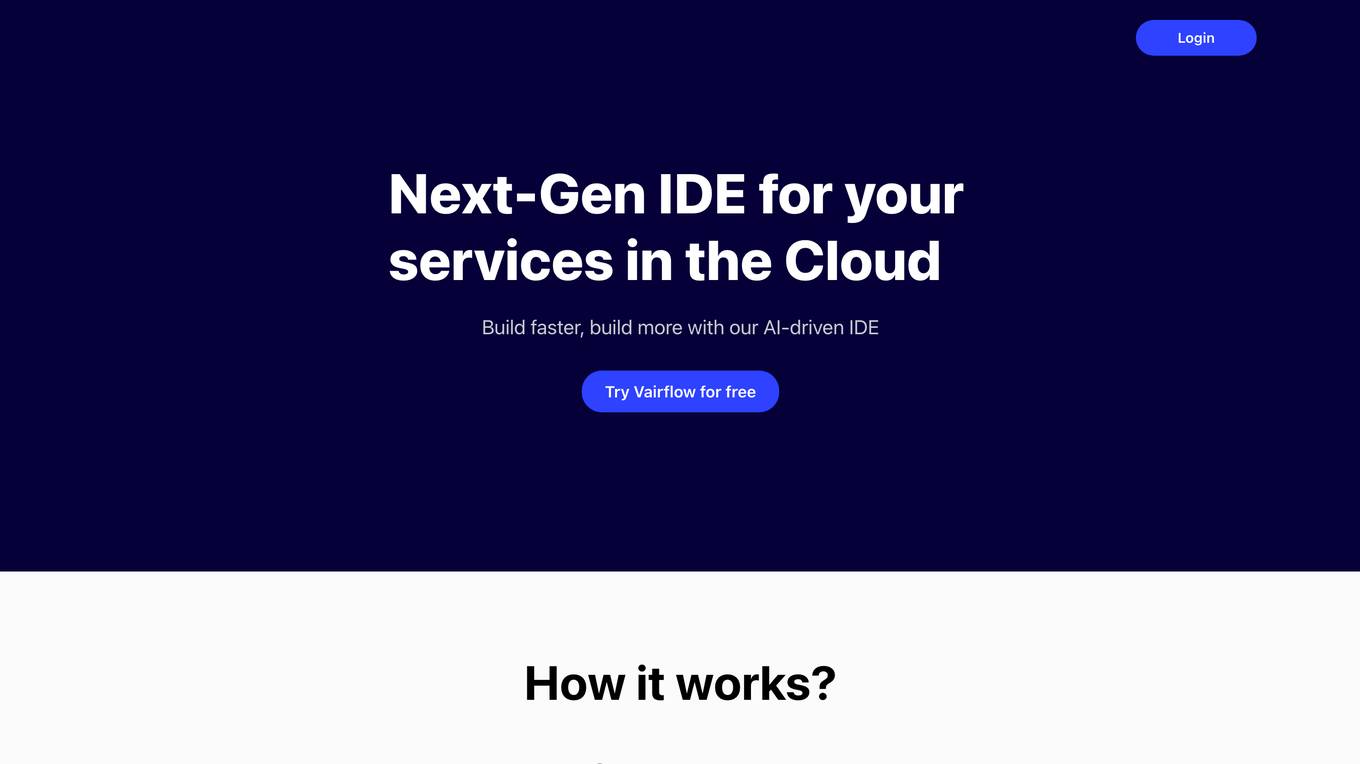
Vairflow
Vairflow is an AI-driven Integrated Development Environment (IDE) that simplifies the process of developing and deploying software components for various platforms. It offers features such as code generation, code completion, and live preview, empowering developers to build faster and more efficiently. Vairflow also provides seamless collaboration, flexible deployment options, and cost-effective usage, ensuring a smooth transition between projects and environments.
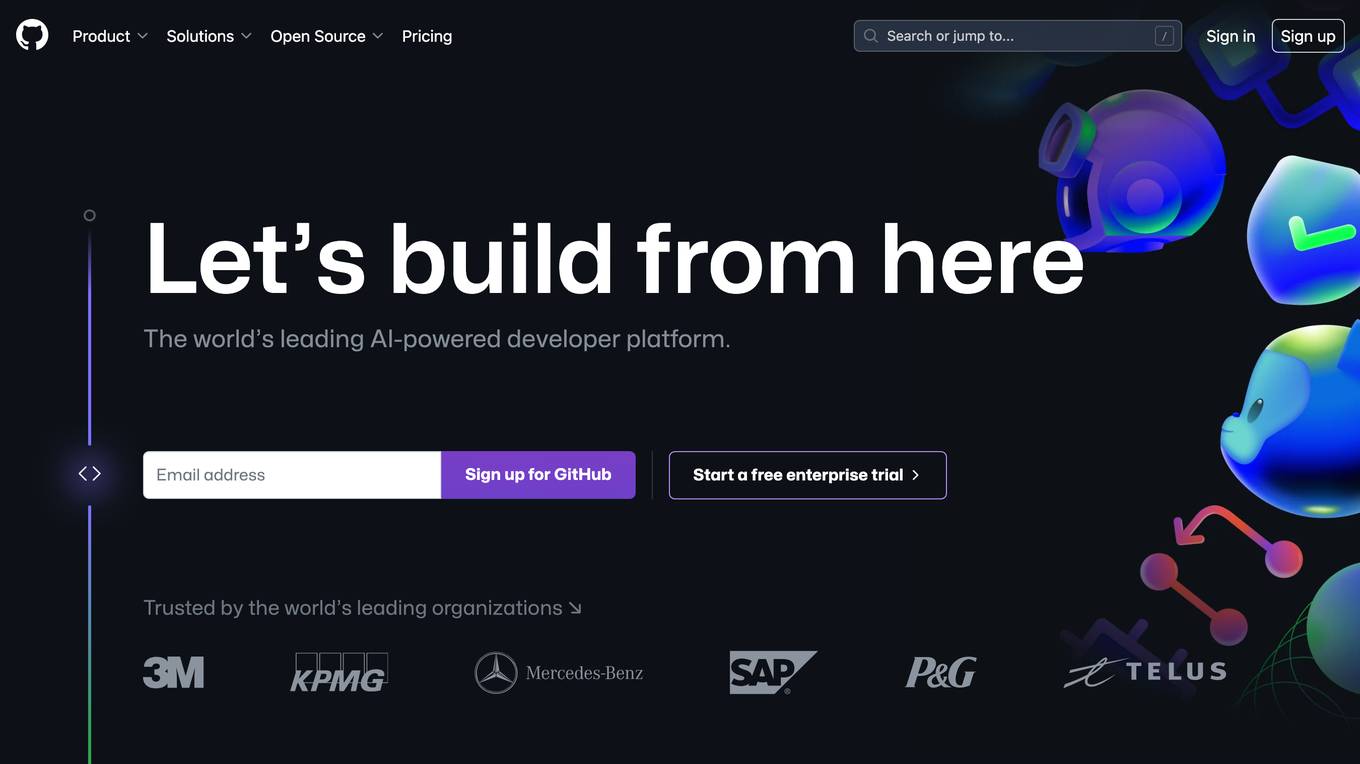
GitHub
GitHub is a collaborative platform that allows users to build and ship software efficiently. GitHub Copilot, an AI-powered tool, helps developers write better code by providing coding assistance, automating workflows, and enhancing security. The platform offers features such as instant dev environments, code review, code search, and collaboration tools. GitHub is widely used by enterprises, small and medium teams, startups, and nonprofits across various industries. It aims to simplify the development process, increase productivity, and improve the overall developer experience.
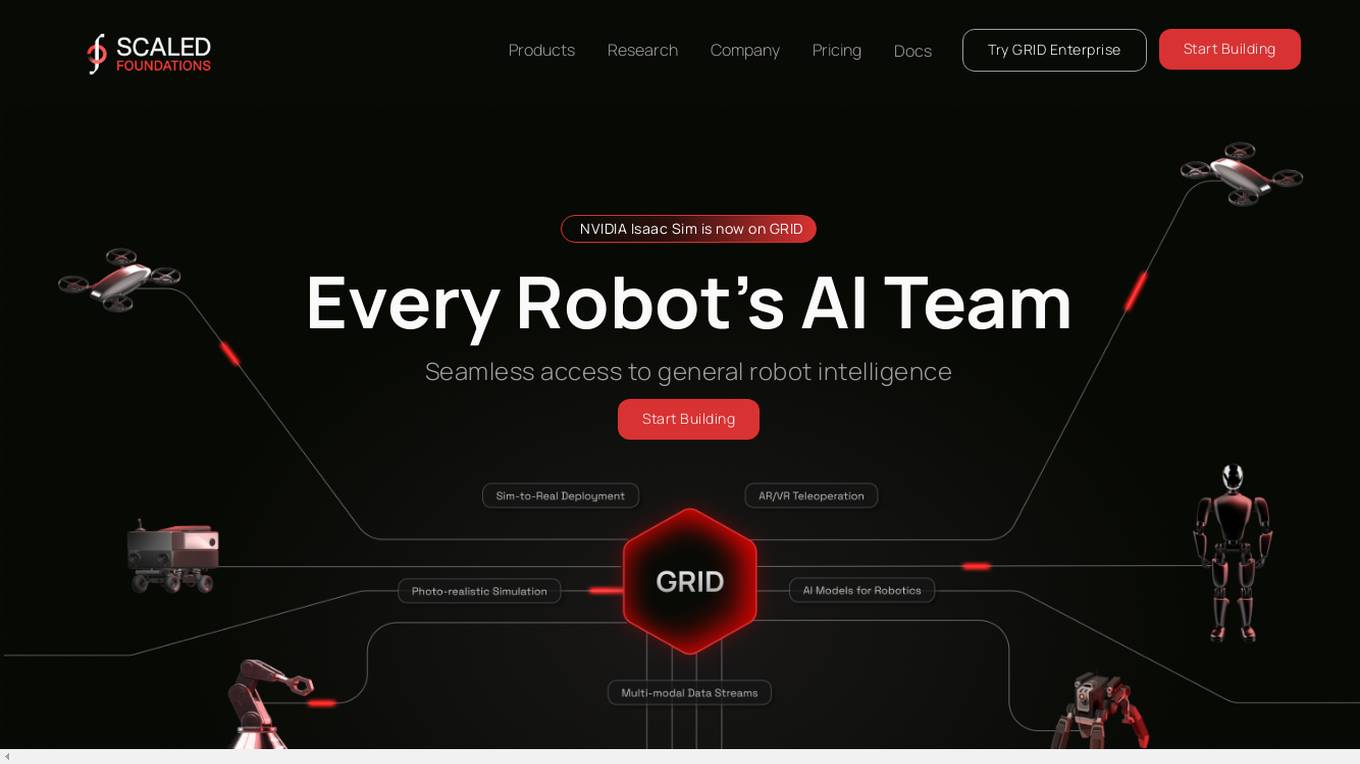
Scaled Foundations
Scaled Foundations is an AI application that offers a web-based platform for developing, training, validating, and deploying intelligent robots faster. It provides both Open GRID, a platform for general robot intelligence development, and GRID Enterprise, a packaged version for a scalable, customizable, and private robot training experience. The application aims to democratize advanced robot AI development by integrating technologies like Isaac Sim and AirSim, enabling users to accelerate their research and build robotic enterprises more efficiently.

Luma AI
Luma AI is an AI-powered platform that specializes in video generation using advanced models like Ray2 and Dream Machine. The platform offers director-grade control over style, character, and setting, allowing users to reshape videos with ease. Luma AI aims to build multimodal general intelligence that can generate, understand, and operate in the physical world, paving the way for creative, immersive, and interactive systems beyond traditional text-based approaches. The platform caters to creatives in various industries, offering powerful tools for worldbuilding, storytelling, and creative expression.
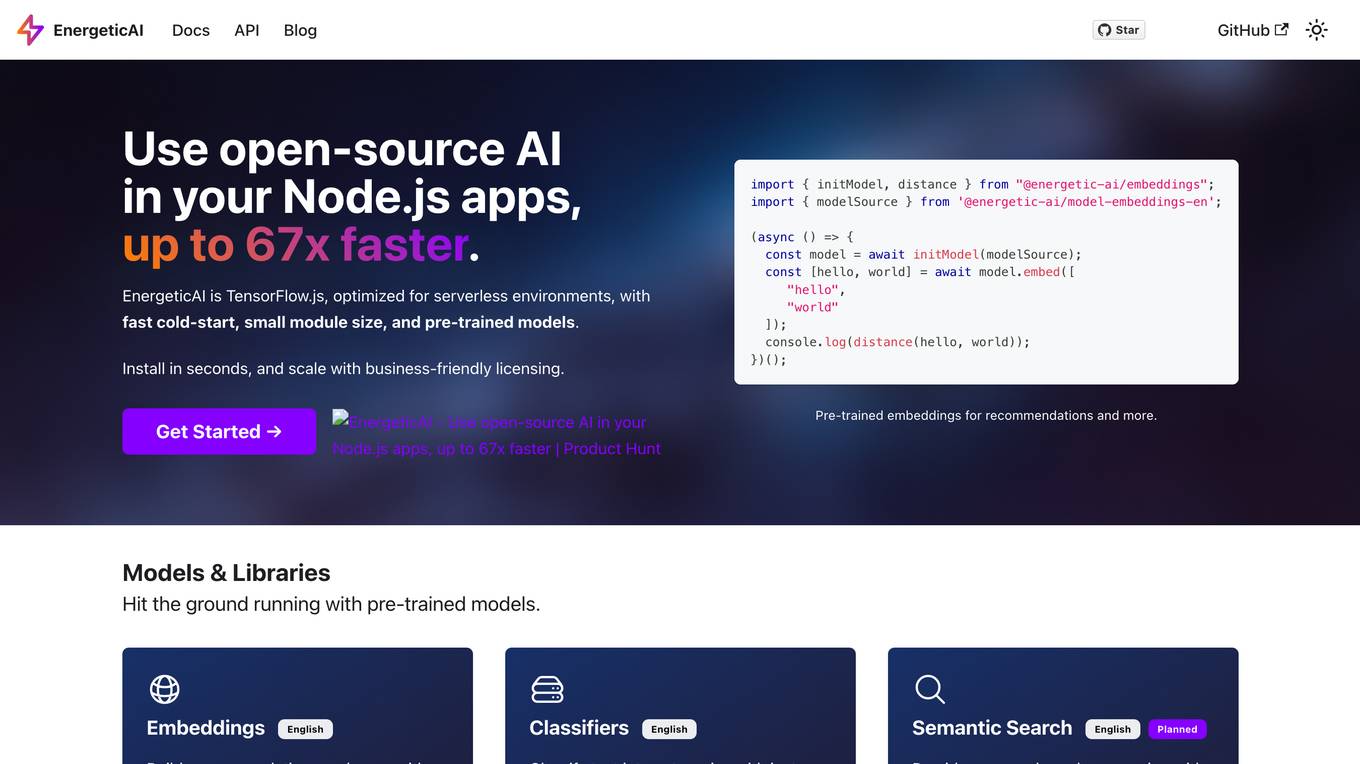
EnergeticAI
EnergeticAI is an open-source AI library that can be used in Node.js applications. It is optimized for serverless environments and provides fast cold-start, small module size, and pre-trained models. EnergeticAI can be used for a variety of tasks, including building recommendations, classifying text, and performing semantic search.
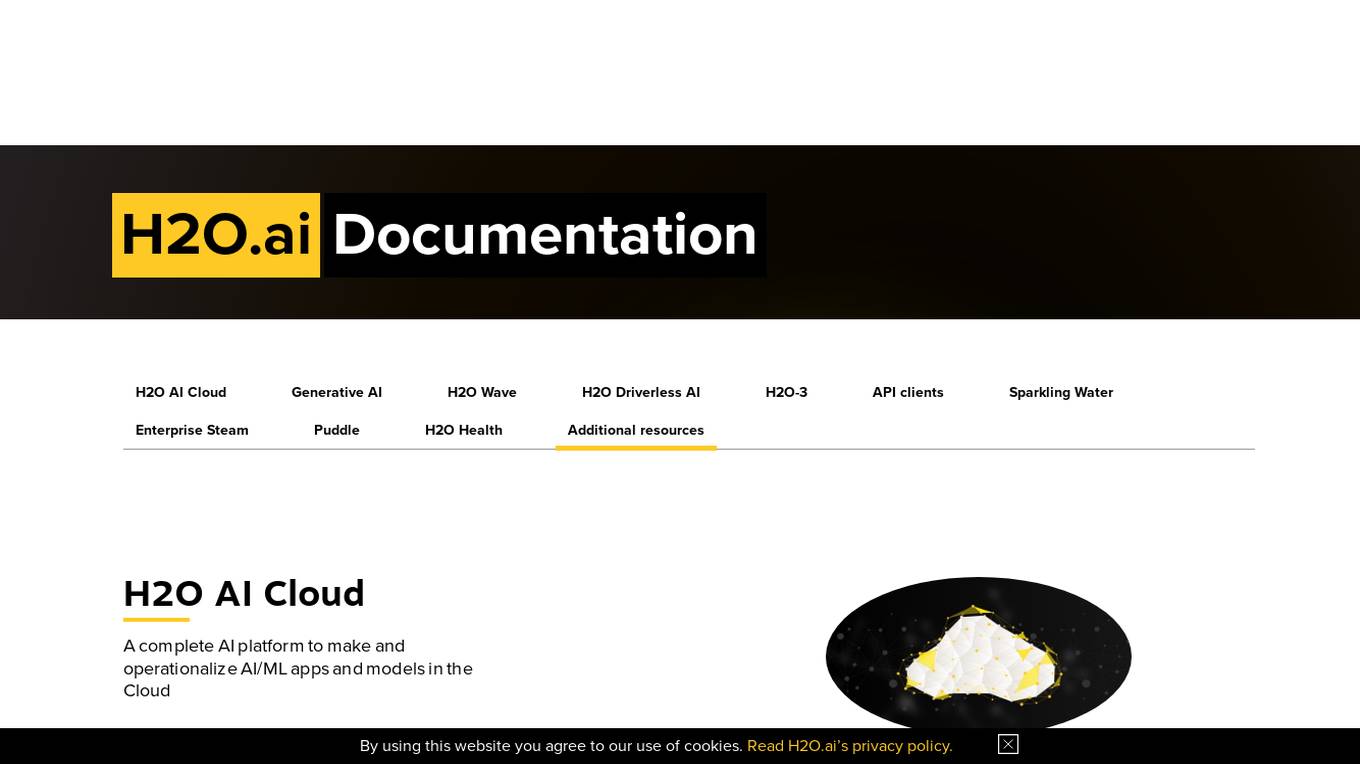
H2O.ai
H2O.ai is a leading AI platform that offers a range of open-source and enterprise solutions for machine learning and AI applications. The platform includes products such as H2O-3, H2O Wave, Sparkling Water, H2O AI Cloud, H2O Driverless AI, and more. H2O.ai aims to democratize AI by providing tools for building, deploying, and managing AI/ML models in various environments, including the cloud. The platform also emphasizes explainable AI to enhance transparency and trustworthiness in AI applications.
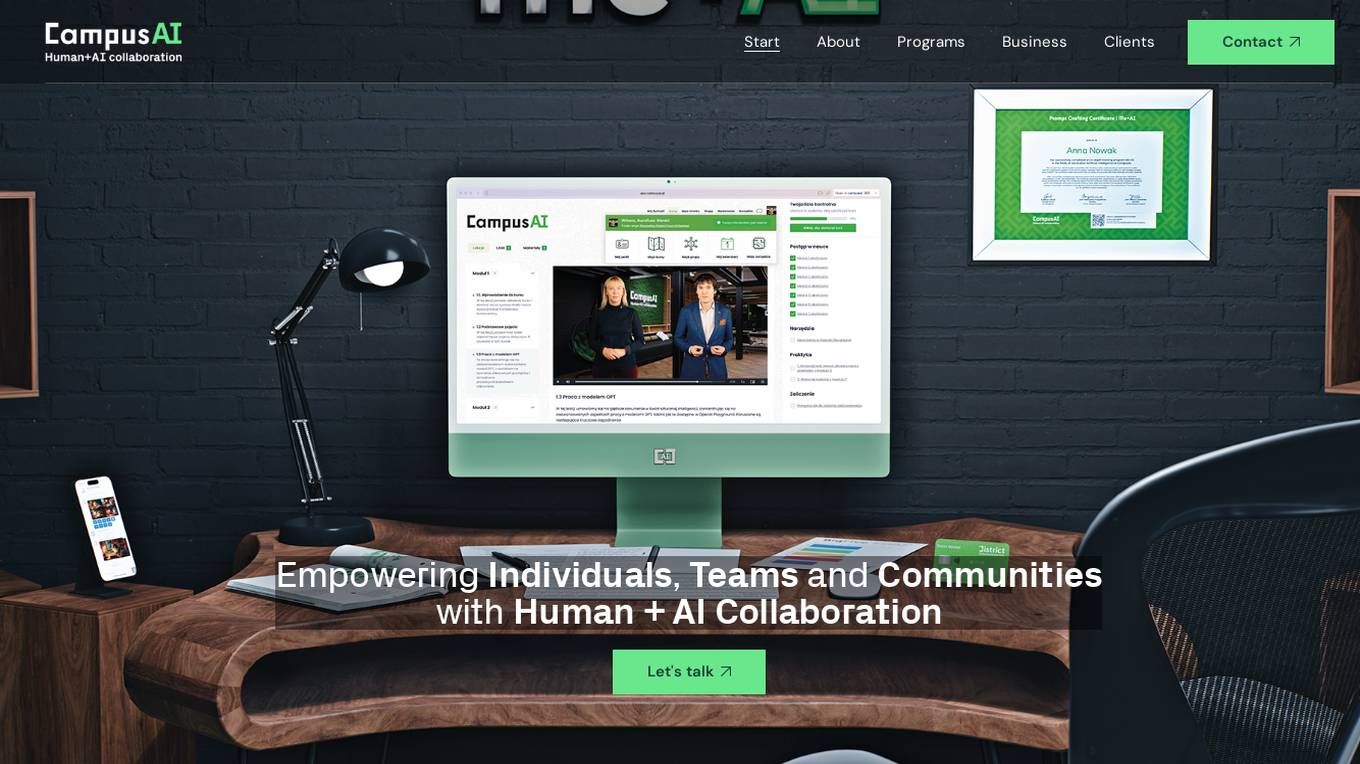
CampusAI
CampusAI is an AI-powered virtual platform that offers blended learning environments for individuals, teams, and communities. It provides interactive courses using avatar technology for beginners and a marketplace for advanced users to showcase expertise. For businesses, it supports digital transformation by enhancing employee skills with AI. The platform includes flagship courses, community programs, AI Gym for skill practice, AI Makerspace for project development, and AI District Club for resource exchange. CampusAI empowers users to collaborate with AI, gain valuable experience, and access cutting-edge tools and technologies.
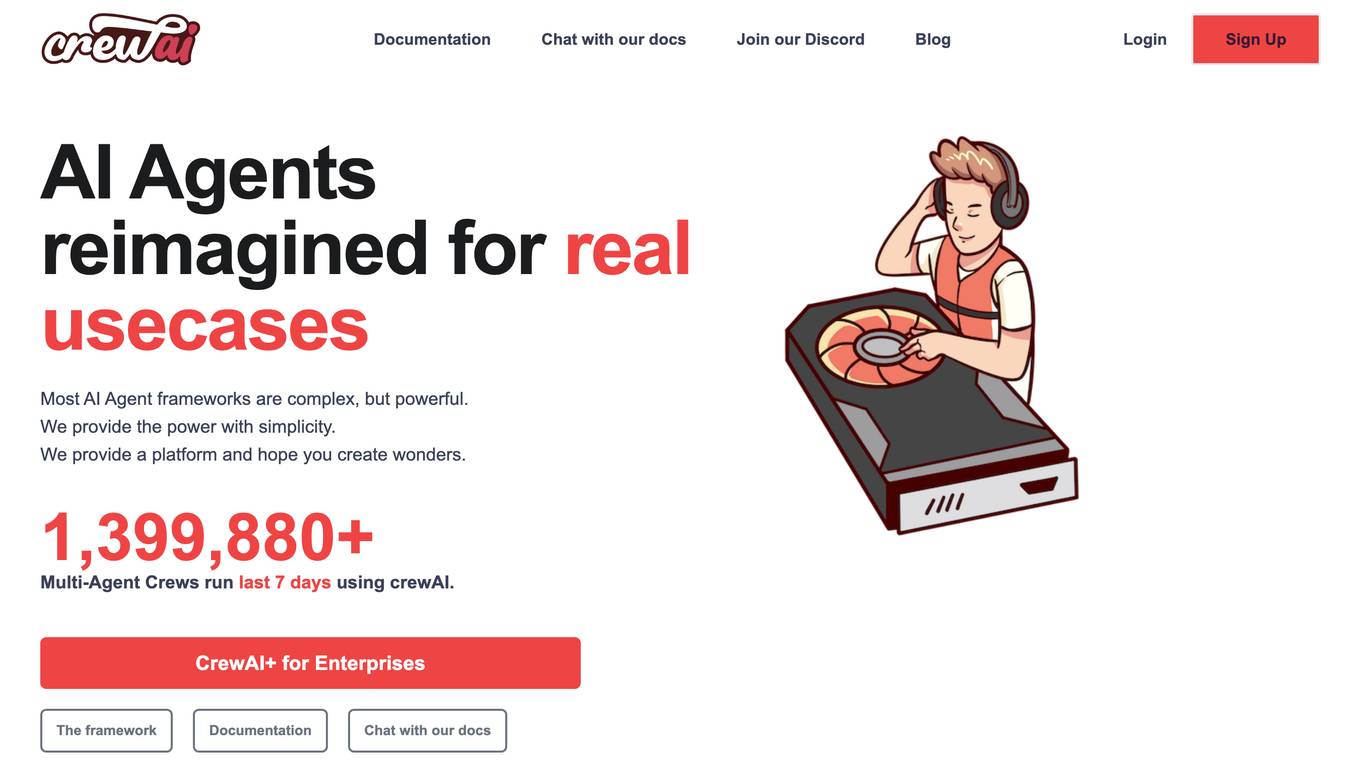
crewAI
crewAI is a platform for Multi AI Agents Systems that offers a user-friendly framework for automating workflows with AI agents. It simplifies the process of building and deploying multi-agent automations, providing support for various AI models and templates. With a focus on privacy and security, crewAI ensures that each agent runs in isolated environments. The platform is suitable for enterprises and developers looking to leverage AI technologies effectively.

LearnWorlds
LearnWorlds is an AI-powered Learning Management System (LMS) designed to help course creators build and sell online courses. It offers a wide range of features such as flexible course creation, AI assistant, interactive video, live sessions, assessment builder, survey builder, website builder, mobile app builder, pop-up builder, custom user roles, analytics & reports, white-label website, marketing tools, SCORM compatibility, checkout & payments, bundles & subscriptions, affiliate programs, and integrations. The platform caters to various industries and provides solutions for customer training, enterprise LMS, non-profit organizations, creators, coaching, fitness, finance, health, and employee training. LearnWorlds aims to provide engaging and effective training experiences through interactive videos, ebooks, assessments, and social-first learning environments. It also offers tools for building high-converting websites, profitable marketing funnels, white-label course platforms, and mobile apps. The platform is known for its versatility, ease of use, and extensive integrations with marketing tools.
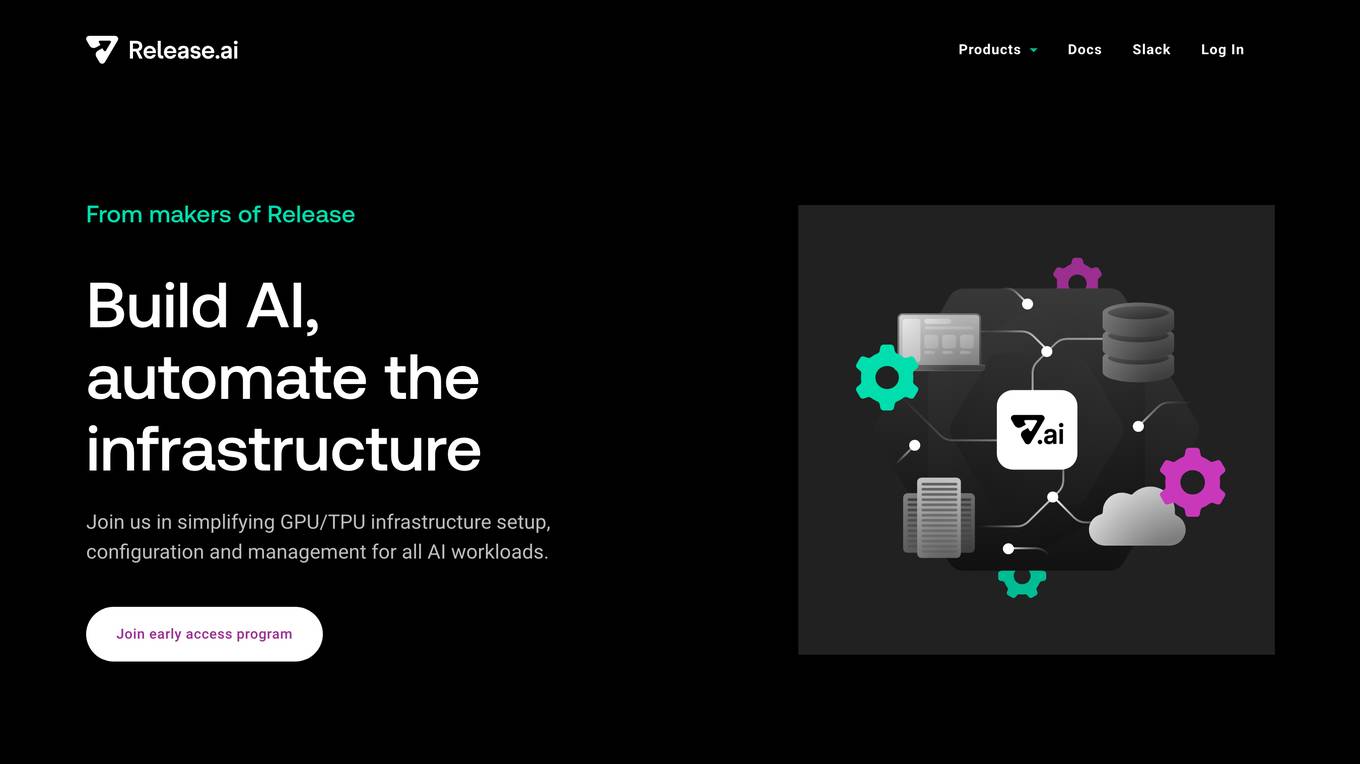
Release.ai
Release.ai is an AI-centric platform that allows developers, operations, and leadership teams to easily deploy and manage AI applications. It offers pre-configured templates for popular open-source technologies, private AI environments for secure development, and access to GPU resources. With Release.ai, users can build, test, and scale AI solutions quickly and efficiently within their own boundaries.

Visual Computing & Artificial Intelligence Lab at TUM
The Visual Computing & Artificial Intelligence Lab at TUM is a group of research enthusiasts advancing cutting-edge research at the intersection of computer vision, computer graphics, and artificial intelligence. Our research mission is to obtain highly-realistic digital replica of the real world, which include representations of detailed 3D geometries, surface textures, and material definitions of both static and dynamic scene environments. In our research, we heavily build on advances in modern machine learning, and develop novel methods that enable us to learn strong priors to fuel 3D reconstruction techniques. Ultimately, we aim to obtain holographic representations that are visually indistinguishable from the real world, ideally captured from a simple webcam or mobile phone. We believe this is a critical component in facilitating immersive augmented and virtual reality applications, and will have a substantial positive impact in modern digital societies.
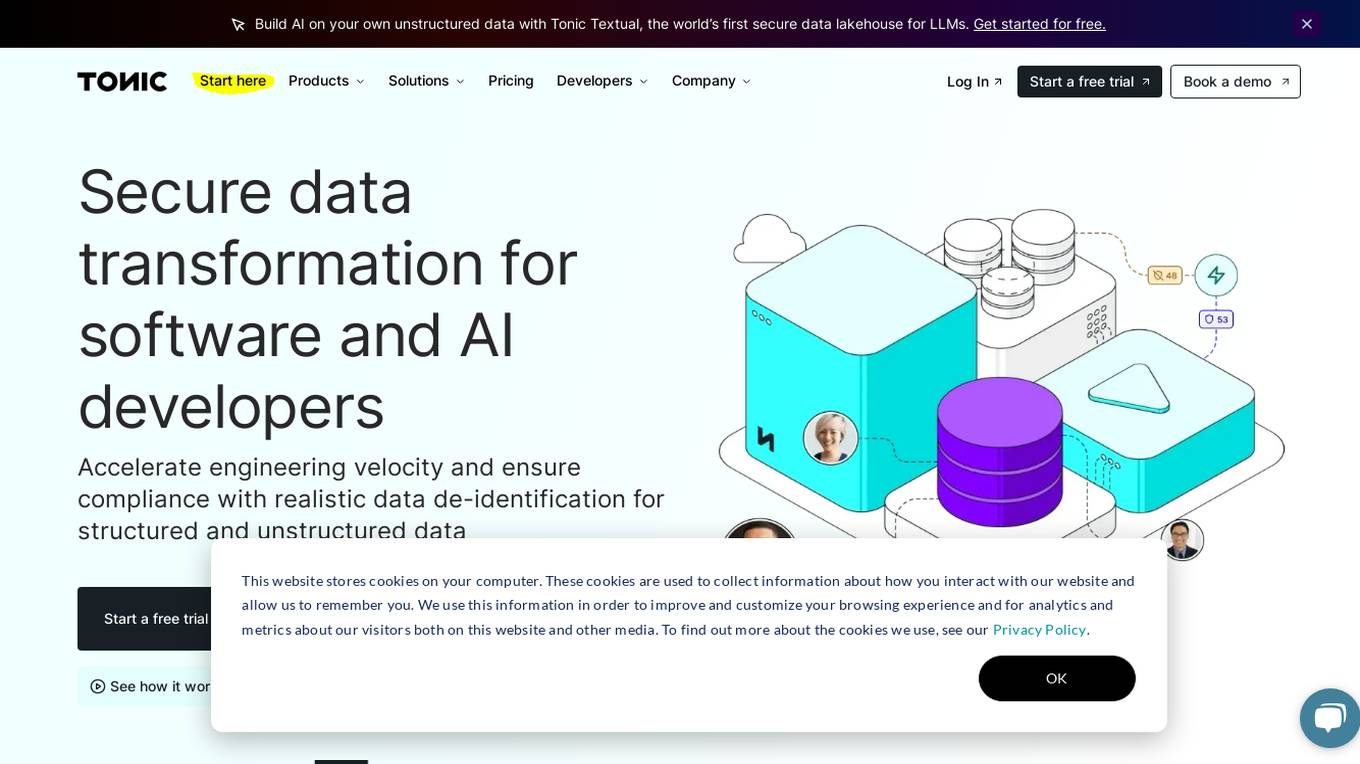
Tonic.ai
Tonic.ai is a platform that allows users to build AI models on their unstructured data. It offers various products for software development and LLM development, including tools for de-identifying and subsetting structured data, scaling down data, handling semi-structured data, and managing ephemeral data environments. Tonic.ai focuses on standardizing, enriching, and protecting unstructured data, as well as validating RAG systems. The platform also provides integrations with relational databases, data lakes, NoSQL databases, flat files, and SaaS applications, ensuring secure data transformation for software and AI developers.
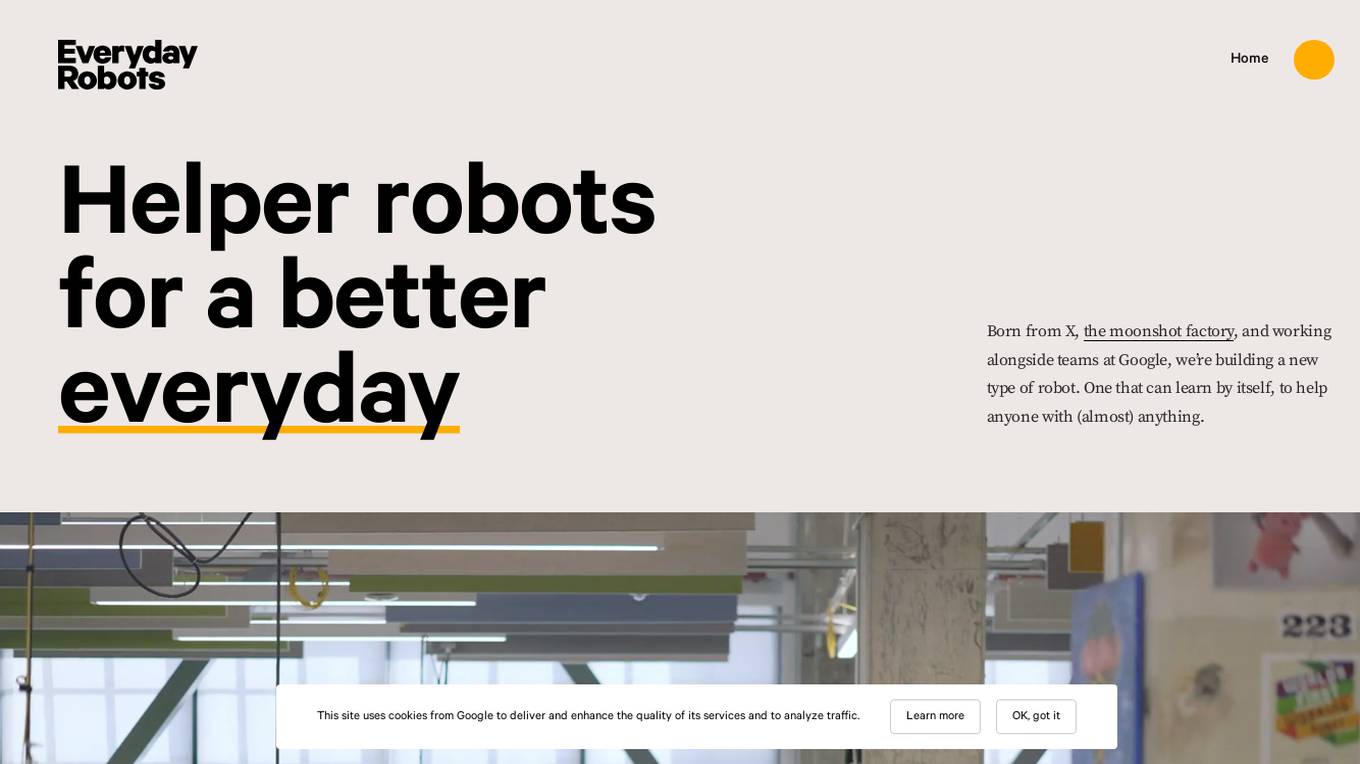
Everyday Robots
Everyday Robots is an AI-powered application developed by X, the moonshot factory in collaboration with Google. It aims to build helper robots that can learn by themselves to assist with various tasks in both work and home environments. The application focuses on solving small everyday problems to free up time for more meaningful activities, ultimately improving productivity and enriching personal lives. Everyday Robots envisions a future where robots play a transformative role in enhancing human potential and addressing global challenges.
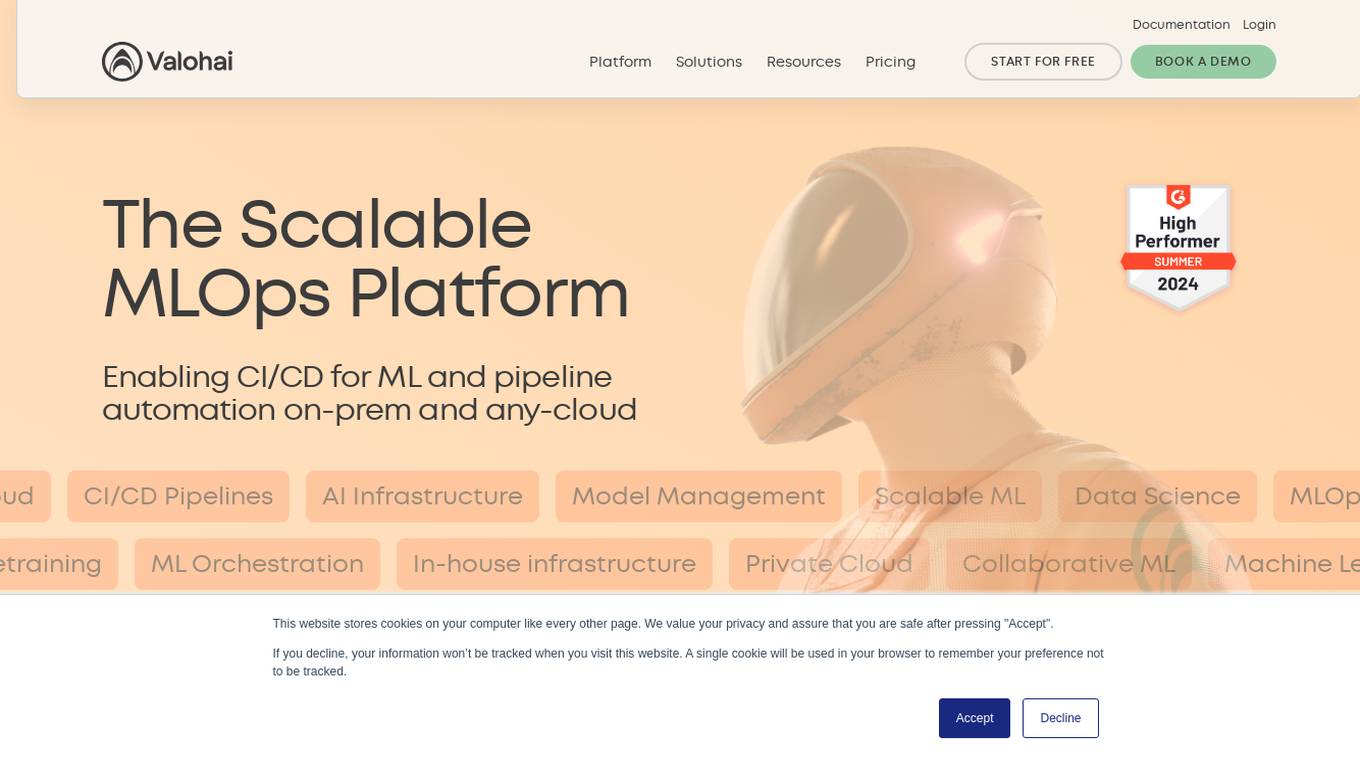
Valohai
Valohai is a scalable MLOps platform that enables Continuous Integration/Continuous Deployment (CI/CD) for machine learning and pipeline automation on-premises and across various cloud environments. It helps streamline complex machine learning workflows by offering framework-agnostic ML capabilities, automatic versioning with complete lineage of ML experiments, hybrid and multi-cloud support, scalability and performance optimization, streamlined collaboration among data scientists, IT, and business units, and smart orchestration of ML workloads on any infrastructure. Valohai also provides a knowledge repository for storing and sharing the entire model lifecycle, facilitating cross-functional collaboration, and allowing developers to build with total freedom using any libraries or frameworks.
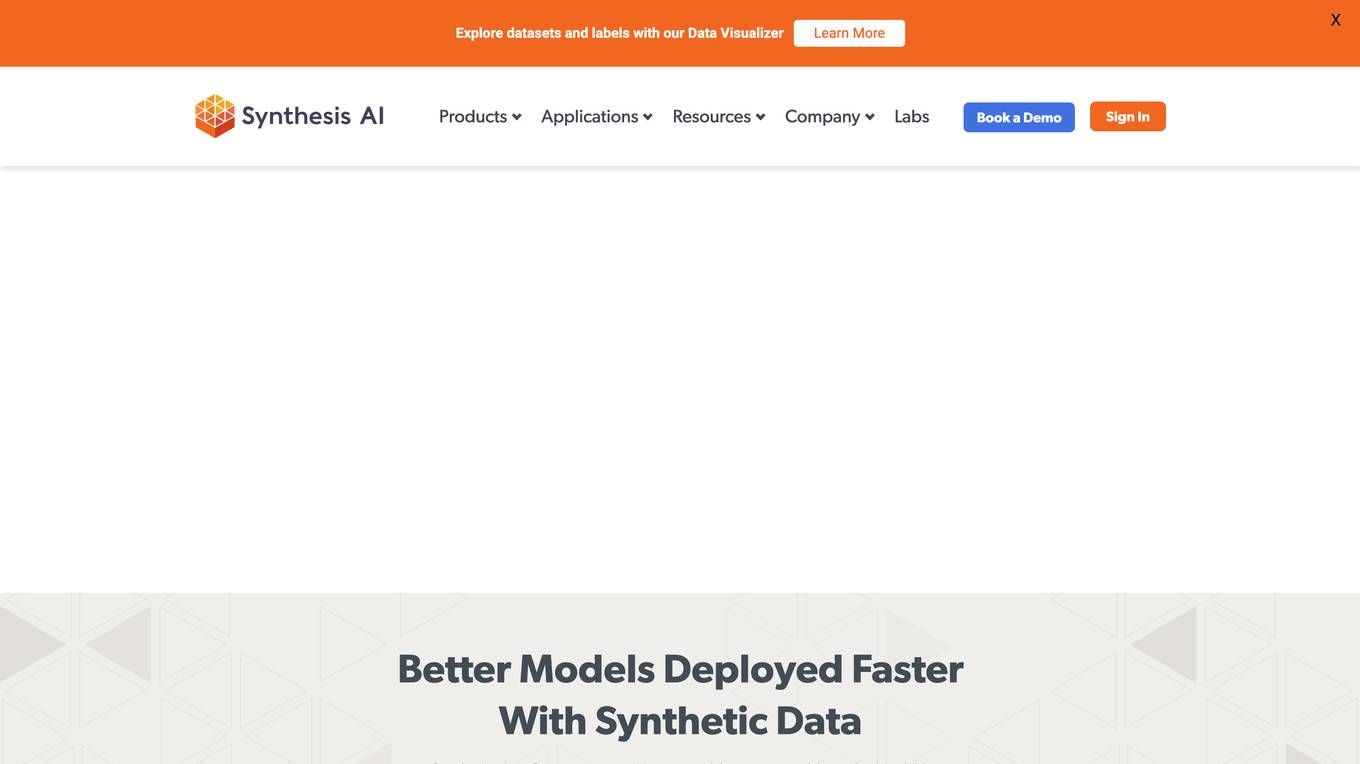
Synthesis AI
Synthesis AI is a synthetic data platform that enables more capable and ethical computer vision AI. It provides on-demand labeled images and videos, photorealistic images, and 3D generative AI to help developers build better models faster. Synthesis AI's products include Synthesis Humans, which allows users to create detailed images and videos of digital humans with rich annotations; Synthesis Scenarios, which enables users to craft complex multi-human simulations across a variety of environments; and a range of applications for industries such as ID verification, automotive, avatar creation, virtual fashion, AI fitness, teleconferencing, visual effects, and security.
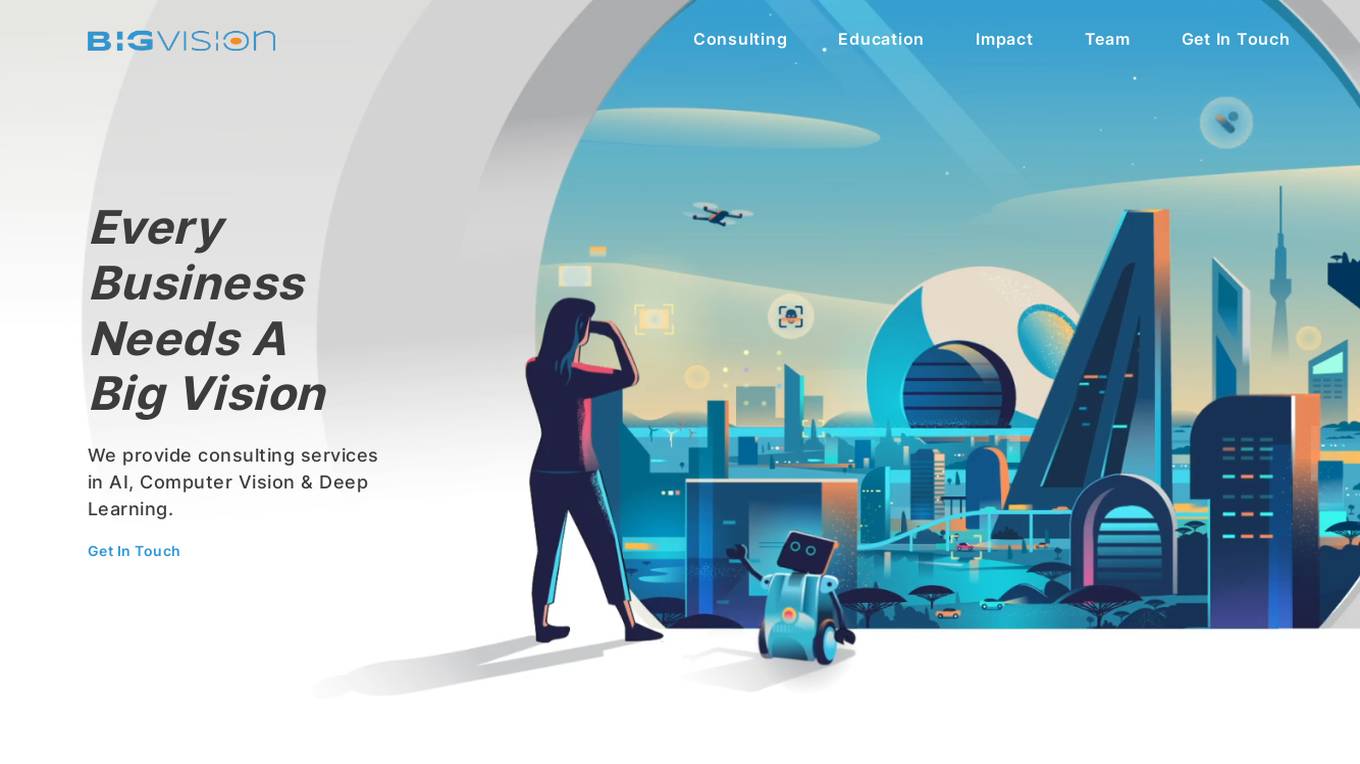
Big Vision
Big Vision provides consulting services in AI, computer vision, and deep learning. They help businesses build specific AI-driven solutions, create intelligent processes, and establish best practices to reduce human effort and enable faster decision-making. Their enterprise-grade solutions are currently serving millions of requests every month, especially in critical production environments.
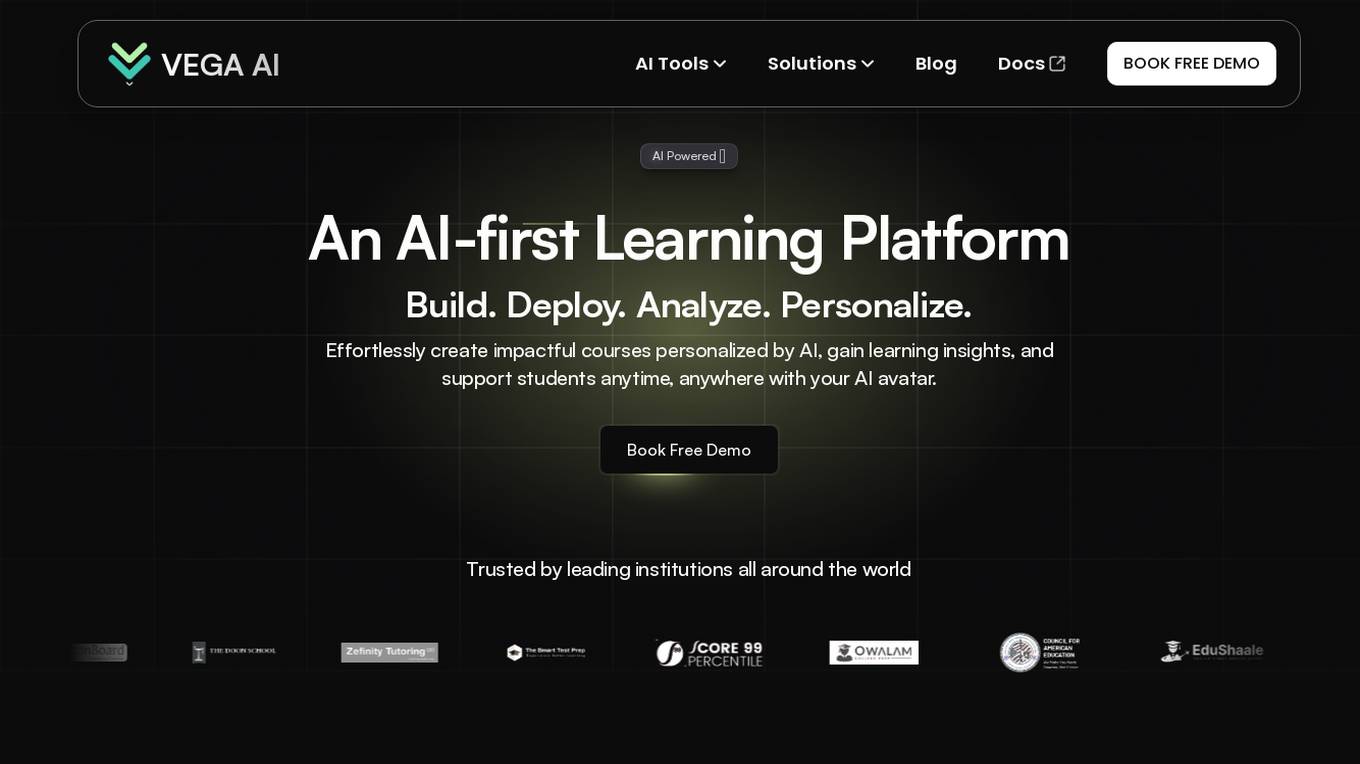
VEGA AI
VEGA AI is an AI-powered virtual entity designed for guidance and assistance in the field of education. It offers an AI-first learning platform that allows users to effortlessly create personalized courses, gain learning insights, and support students with the help of an AI avatar. Trusted by leading institutions worldwide, VEGA AI helps educators deploy adaptive learning environments, build personalized learning paths, and provide 24/7 AI avatar support. The platform aims to transform teaching by automating workflows, reducing workload, and boosting student outcomes through AI automation and personalized learning journeys.
1 - Open Source AI Tools
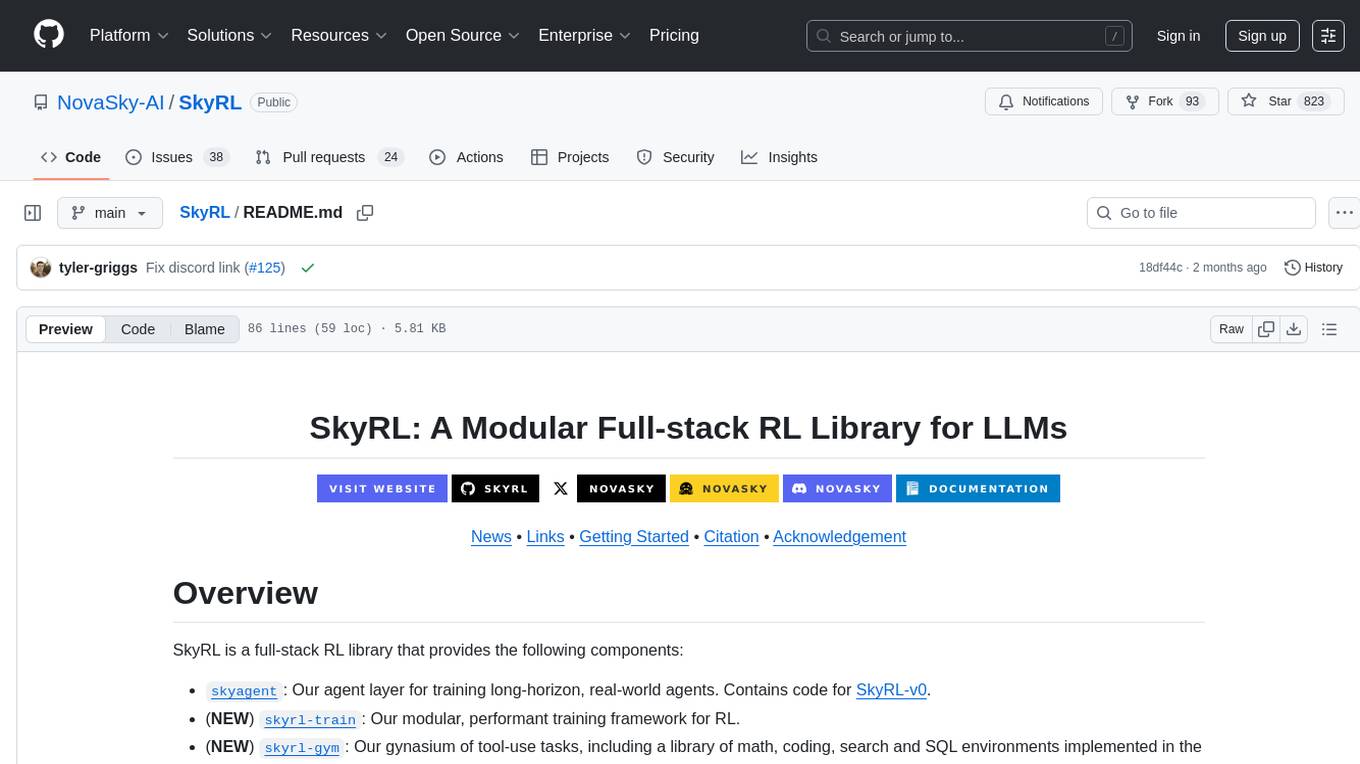
SkyRL
SkyRL is a full-stack RL library that provides components such as 'skyagent' for training long-horizon, real-world agents, 'skyrl-train' for modular RL training, and 'skyrl-gym' for a variety of tool-use tasks. It offers a library of math, coding, search, and SQL environments implemented in the Gymnasium API, optimized for multi-turn tool use LLMs on long-horizon, real-environment tasks.
20 - OpenAI Gpts
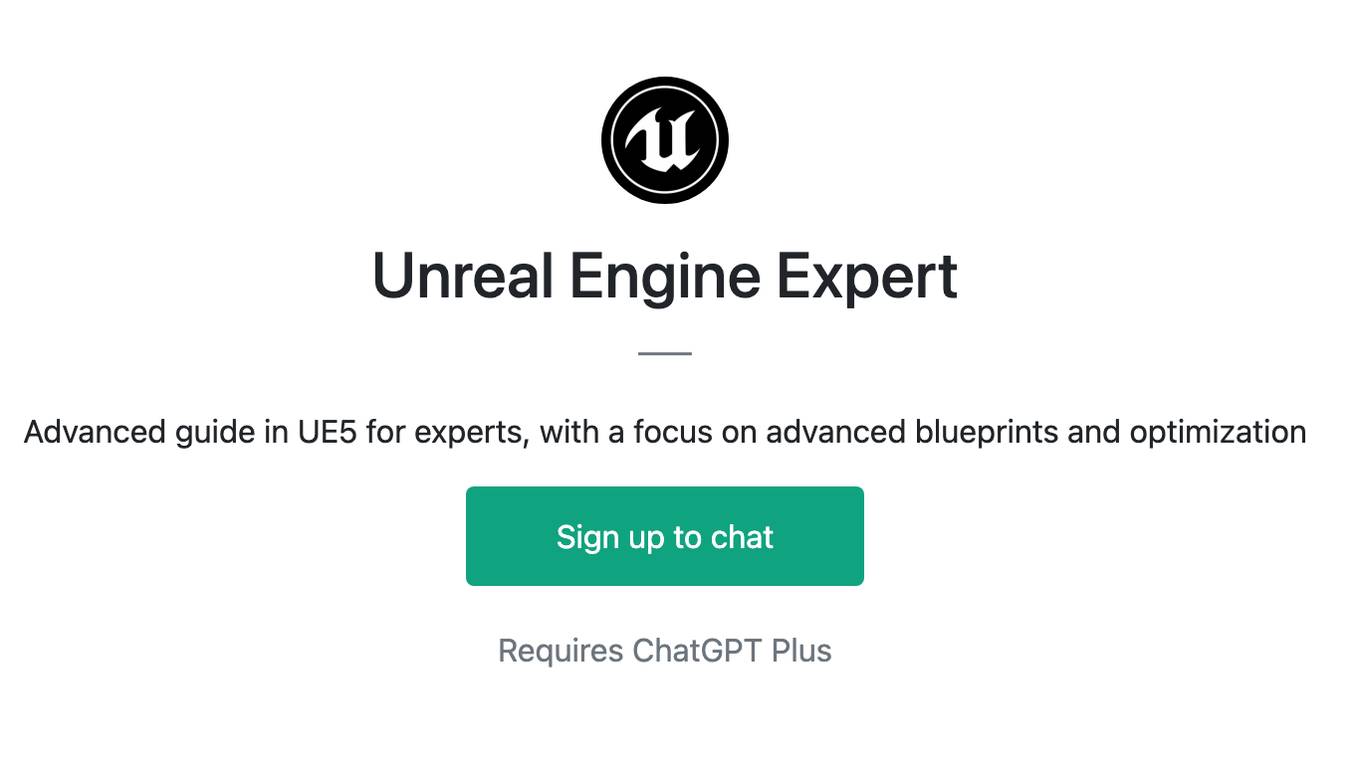
Unreal Engine Expert
Advanced guide in UE5 for experts, with a focus on advanced blueprints and optimization
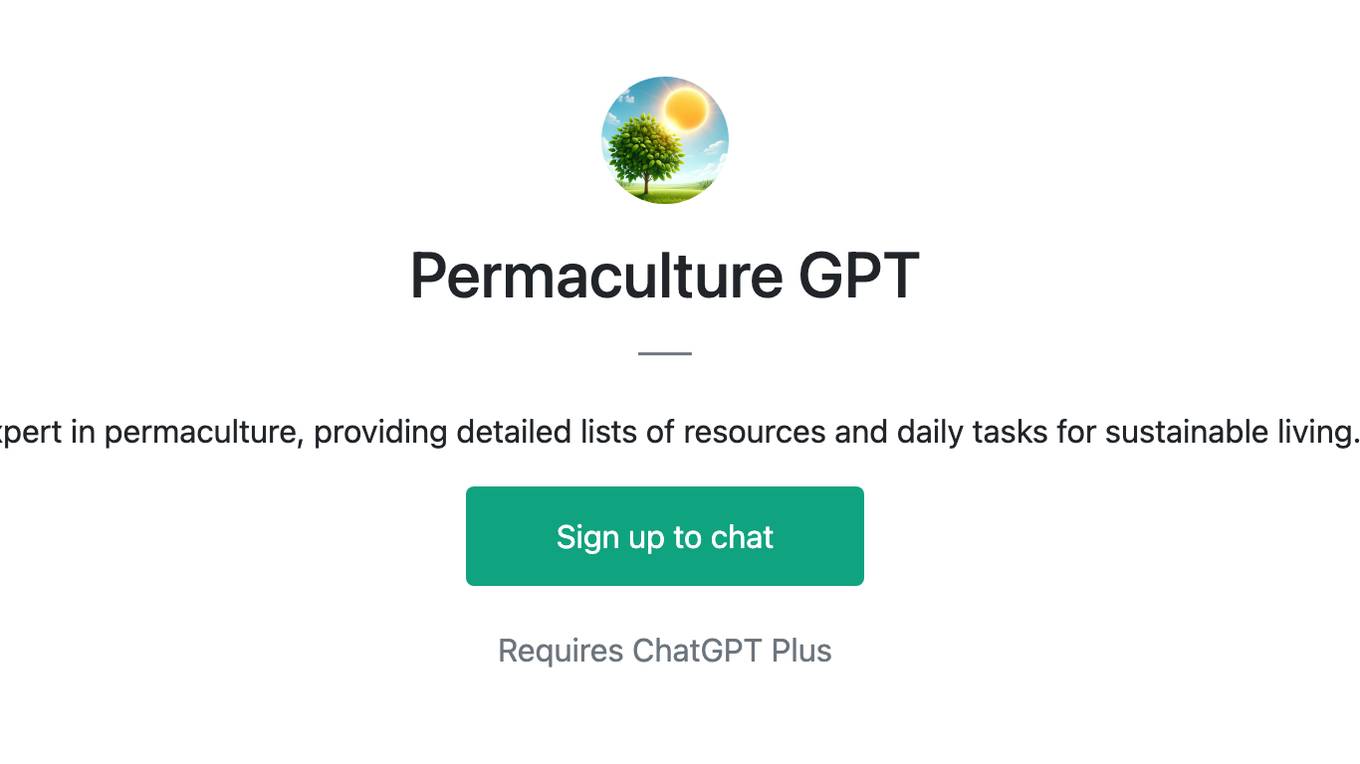
Permaculture GPT
Expert in permaculture, providing detailed lists of resources and daily tasks for sustainable living.

Homestead Helper
Guiding in sustainable homesteading, self-sufficient living, and eco-friendly practices.
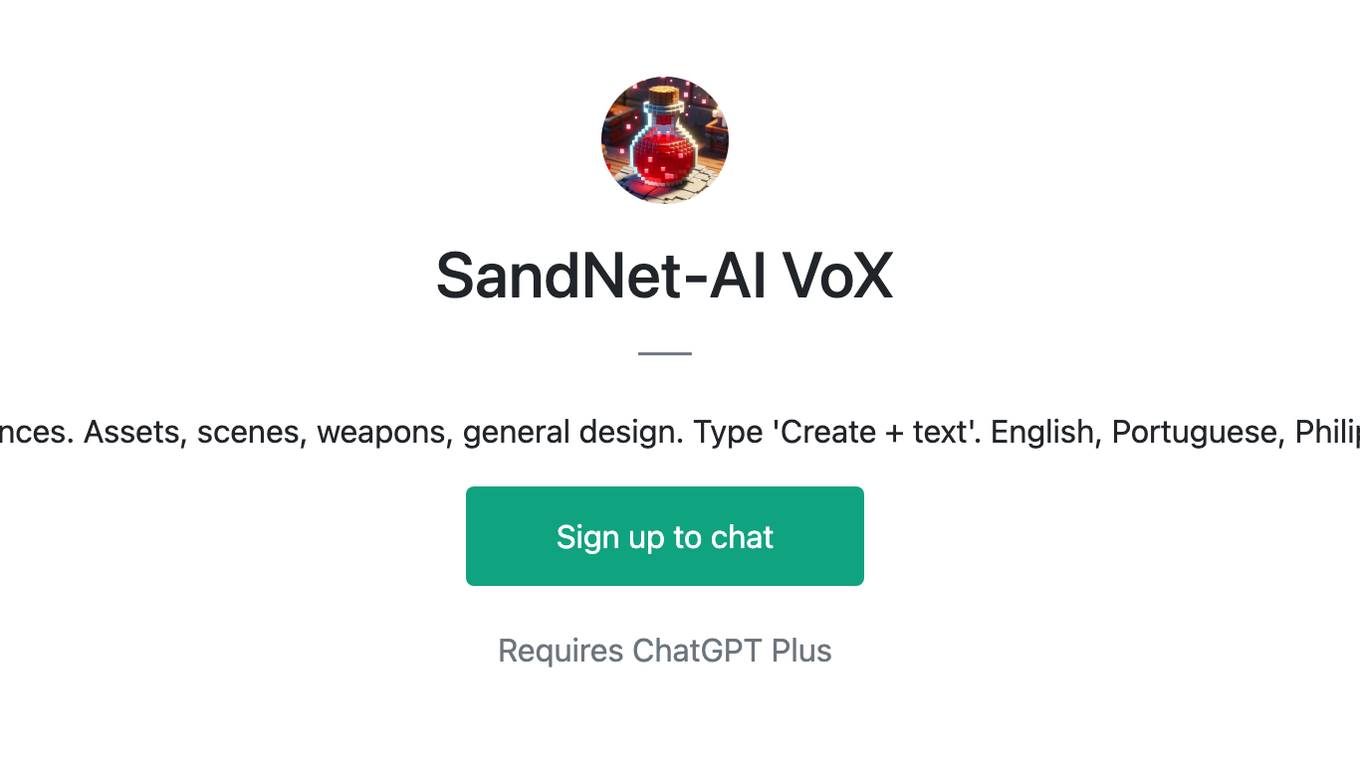
SandNet-AI VoX
Create voxel art references. Assets, scenes, weapons, general design. Type 'Create + text'. English, Portuguese, Philipines,..., +60 others.
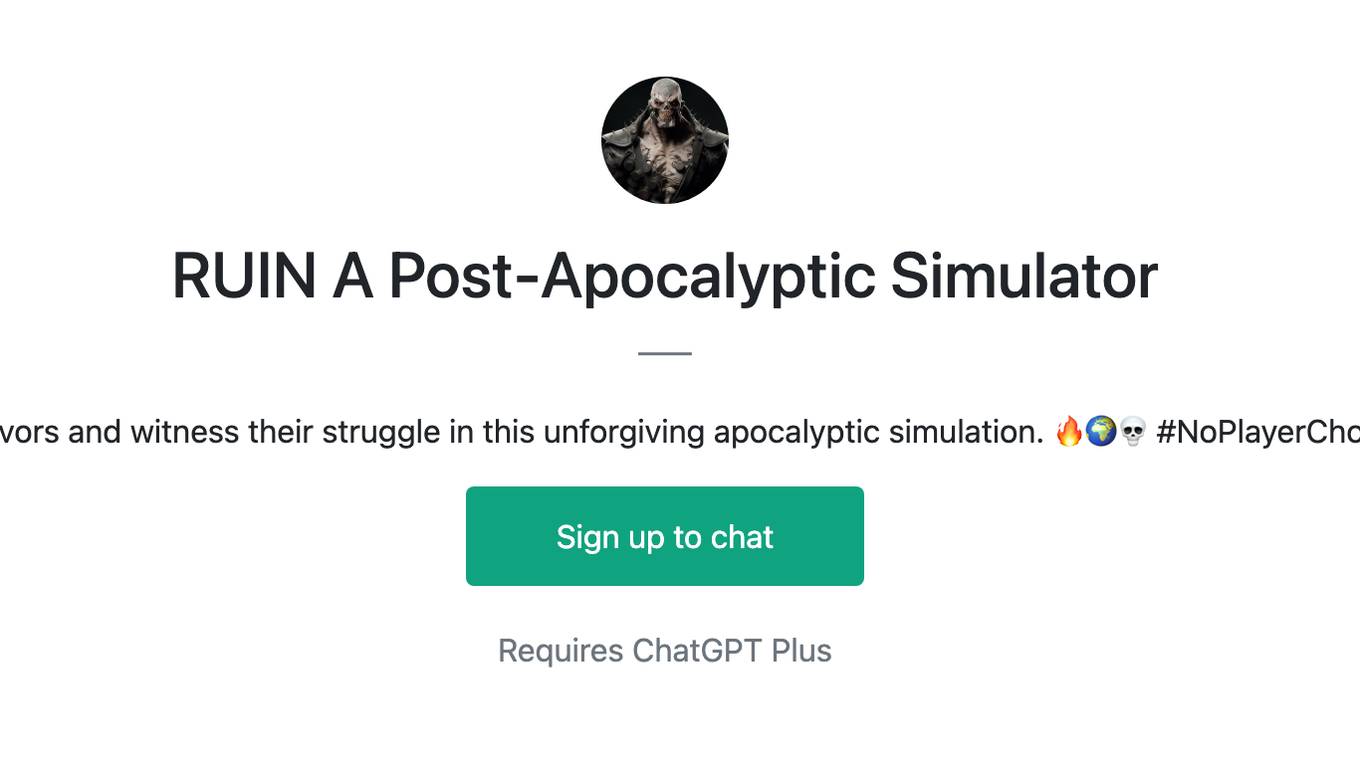
RUIN A Post-Apocalyptic Simulator
Craft two survivors and witness their struggle in this unforgiving apocalyptic simulation. 🔥🌍💀 #NoPlayerChoices (v.1.4.0)
